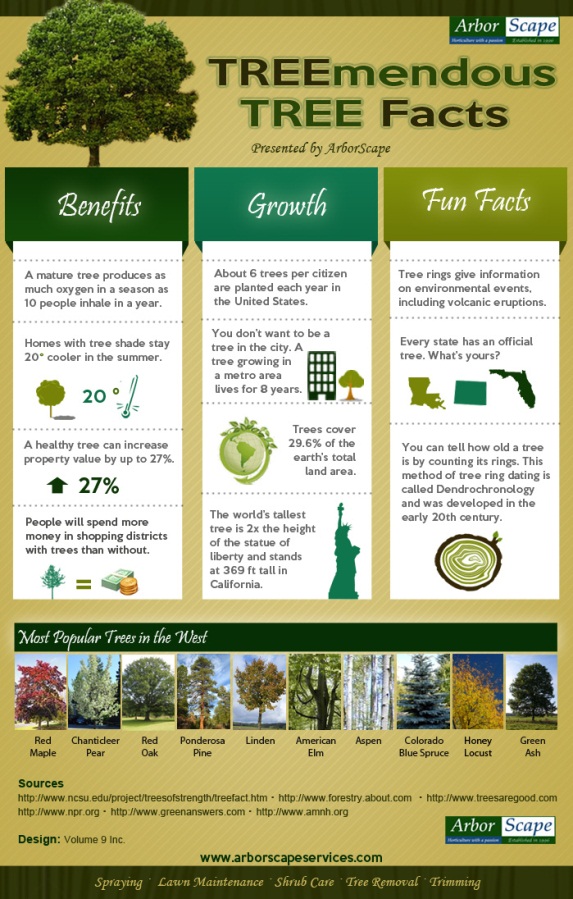Post-Tree Removal Treatment Plays A Significant Function In Landscape Restoration; Discover Essential Steps To Boost Your Surroundings And Minimize Future Problems
Post-Tree Removal Treatment Plays A Significant Function In Landscape Restoration; Discover Essential Steps To Boost Your Surroundings And Minimize Future Problems
Blog Article
Composed By-Franks Massey
After a tree's removal, your landscape may look fairly different, and it's essential to analyze the results carefully. You'll intend to assess the dirt disturbance and inspect bordering plants for any kind of signs of stress. Neglecting Pruning Dwarf Citrus Trees can bring about bigger issues down the line. So, what should you finish with those stumps and origins? And exactly how do you select the very best plants for your revitalized space? Allow's check out these important actions.
Examining the Consequences: Assessing Your Landscape
After a tree elimination, it's vital to analyze your landscape to understand the impact it carries your backyard.
Beginning by taking a look at the area where the tree stood. Try to find indications of soil disturbance, and check the bordering plants for any kind of stress and anxiety or damage.
You should additionally take note of how the removal has actually altered sunlight direct exposure and air flow in your garden. This change can impact the growth of neighboring plants, so it's important to review their wellness.
Consider the aesthetic aspects too; the elimination might create an open space that you can redesign.
Ultimately, think about any kind of possible disintegration concerns that may emerge from the tree's absence. Resolving these variables early will help recover equilibrium to your landscape.
Handling Stumps and Roots: Choices for Elimination
As soon as you've examined the consequences of the tree removal, you'll likely require to deal with the stump and roots left.
You have a few choices for removal. Palm Tree Trimming Equipment is stump grinding, where a specialist utilizes a machine to grind the stump down to underground level. This technique leaves minimal interruption to your landscape.
If you prefer a DIY technique, you can use a combination of digging and chemical stump cleaners. Simply remember, this procedure can take some time and initiative.
Alternatively, consider leaving the stump as a natural function, which can act as a distinct garden element or habitat for wild animals.
Whatever you pick, resolving the stump and origins is vital for restoring your landscape.
Picking the Right Plants for Your New Room
As you analyze your recently gotten rid of area, choosing the right plants can dramatically boost your landscape's elegance and performance.
Start by considering the sunlight and dirt conditions. For sunny areas, select drought-resistant plants like lavender or succulents. In shaded areas, brushes and hostas flourish well.
Think about the size and growth habits of your plants; mix perennials and annuals for seasonal variety. Don't fail to remember to integrate indigenous varieties; they need much less maintenance and support local wildlife.
Team plants in strange numbers for a much more natural look and develop layers for aesthetic deepness.
Ultimately, ensure you have a mix of colors and textures to keep your landscape vibrant throughout the seasons.
Delighted growing!
Verdict
To conclude, recovering your landscape after tree elimination is a gratifying process. By evaluating the aftermath, dealing with stumps and origins, and choosing the right plants, you'll produce a thriving environment. Do not forget to integrate erosion control actions to safeguard your soil. With a little initiative and care, you can change your area right into a lively yard that enhances your residential property. Accept the possibility to renew your landscape and enjoy the elegance of nature right in your yard!
